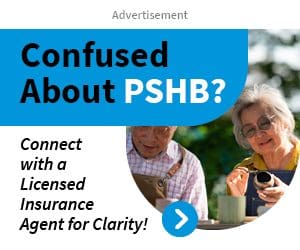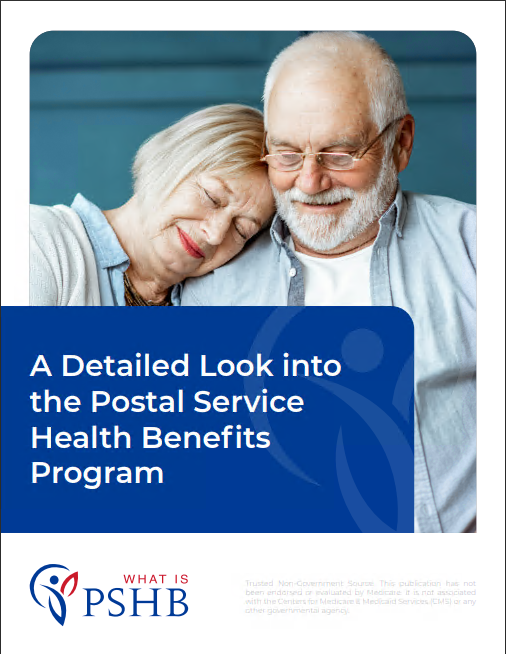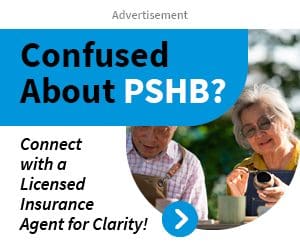Key Takeaways:
- The PSHB Program is a new health benefits program for USPS employees, effective January 1, 2025.
- Employees must select a PSHB health plan during the 2024 open season and understand the Medicare Part B enrollment requirements.
A Closer Look at the PSHB Fact Sheet for Postal Service Staff
The Postal Service Health Benefits (PSHB) Program, introduced under the Postal Service Reform Act of 2022, represents a significant shift in health benefits for USPS employees. Effective January 1, 2025, this new program will be administered by the Office of Personnel Management (OPM) as part of the Federal Employees Health Benefits (FEHB) Program. Here’s an in-depth look at the key aspects of the PSHB fact sheet and what it means for USPS employees.
Enrollment Requirements and Timeline
One of the most crucial points for USPS employees is the requirement to select a health insurance plan during the 2024 open season. This period runs from November 11, 2024, to December 9, 2024. During this time, employees must choose their health plan from the available PSHB options.
Key Dates
- October 2024: PSHB plan options and premium information will be made available.
- November 11, 2024 – December 9, 2024: Open season for selecting a PSHB health plan.
New Enrollment Platform
OPM will launch a new enrollment platform for PSHB health insurance. Information on how to use this system will be provided before the 2024 open season, ensuring that employees can make informed decisions about their health coverage.
Medicare Part B Enrollment Rules
The PSHB fact sheet outlines specific rules regarding Medicare Part B enrollment for active employees and retirees, which vary based on age and retirement status.
Employees Age 64 or Older
- No Requirement for Medicare Part B: Employees aged 64 or older as of January 1, 2025, are not required to enroll in Medicare Part B to maintain their PSHB coverage upon retirement.
- Optional Enrollment: Upon entitlement to Medicare Part A at age 65, these employees have the option to enroll in Medicare Part B during a special enrollment period. Enrolling in Medicare Part B may reduce overall healthcare costs and provide better value.
Employees Under Age 64
- Requirement for Medicare Part B: Employees under 64 as of January 1, 2025, must enroll in Medicare Part B when they become entitled to Medicare Part A at age 65 to continue their PSHB coverage in retirement. The Social Security Administration (SSA) will notify eligible individuals about their initial enrollment period for Medicare Part B, which starts three months before their 65th birthday and ends three months after.
Impact on Family Members
- Primary Enrollee’s Requirement: If the primary PSHB enrollee is required to enroll in Medicare Part B, their covered family members must also enroll in Medicare Part B upon becoming entitled to Medicare Part A to maintain their PSHB coverage.
Exceptions to Medicare Part B Enrollment
There are specific exceptions to the Medicare Part B enrollment requirement for annuitants and their covered family members. These exceptions include:
- Residency Outside the U.S.: Annuitants residing outside the United States and its territories can follow Postal Service policies to qualify for this exception.
- Veterans Health Benefits: Annuitants enrolled in health care benefits provided by the Department of Veterans Affairs.
- Indian Health Services: Annuitants eligible for health services provided by Indian Health Services.
Annuitants must provide proof of eligibility for these exceptions to the designated agency to maintain their PSHB coverage without enrolling in Medicare Part B.
Coverage Details and Family Members
PSHB coverage is generally based on the primary enrollee’s eligibility. This means that if the primary subscriber is required to enroll in Medicare Part B, their dependent family members will also need to enroll in Medicare Part B when eligible to maintain their coverage.
Implications for Spouses and Family Members
- Dependent Coverage: Spousal and family member PSHB coverage depends on the primary enrollee’s compliance with Medicare Part B requirements.
- Consistency in Coverage: Ensuring that all eligible family members meet the Medicare Part B requirements is crucial for maintaining uninterrupted health coverage.
Preparing for the Transition to PSHB
To ensure a smooth transition to the PSHB program, USPS employees should take the following steps:
- Stay Informed: Keep up-to-date with the latest information provided by OPM and the Postal Service regarding the PSHB program.
- Review Plan Options: In October 2024, review the available PSHB plan options and premium information to make an informed decision during the open season.
- Understand Medicare Requirements: Familiarize yourself with the Medicare Part B enrollment rules and exceptions that apply to your situation.
- Utilize Resources: Take advantage of the new enrollment platform and any informational resources provided by OPM to assist with the transition.
Conclusion
The PSHB Program represents a significant change in health benefits for USPS employees, aiming to provide comprehensive and cost-effective healthcare coverage. Understanding the enrollment requirements, Medicare Part B rules, and available exceptions is essential for making informed decisions and ensuring seamless coverage. By staying informed and prepared, USPS employees can maximize the benefits offered by the PSHB program and maintain their health and financial security into retirement.
Contact Information:
Email: [email protected]
Phone: 7605558901






